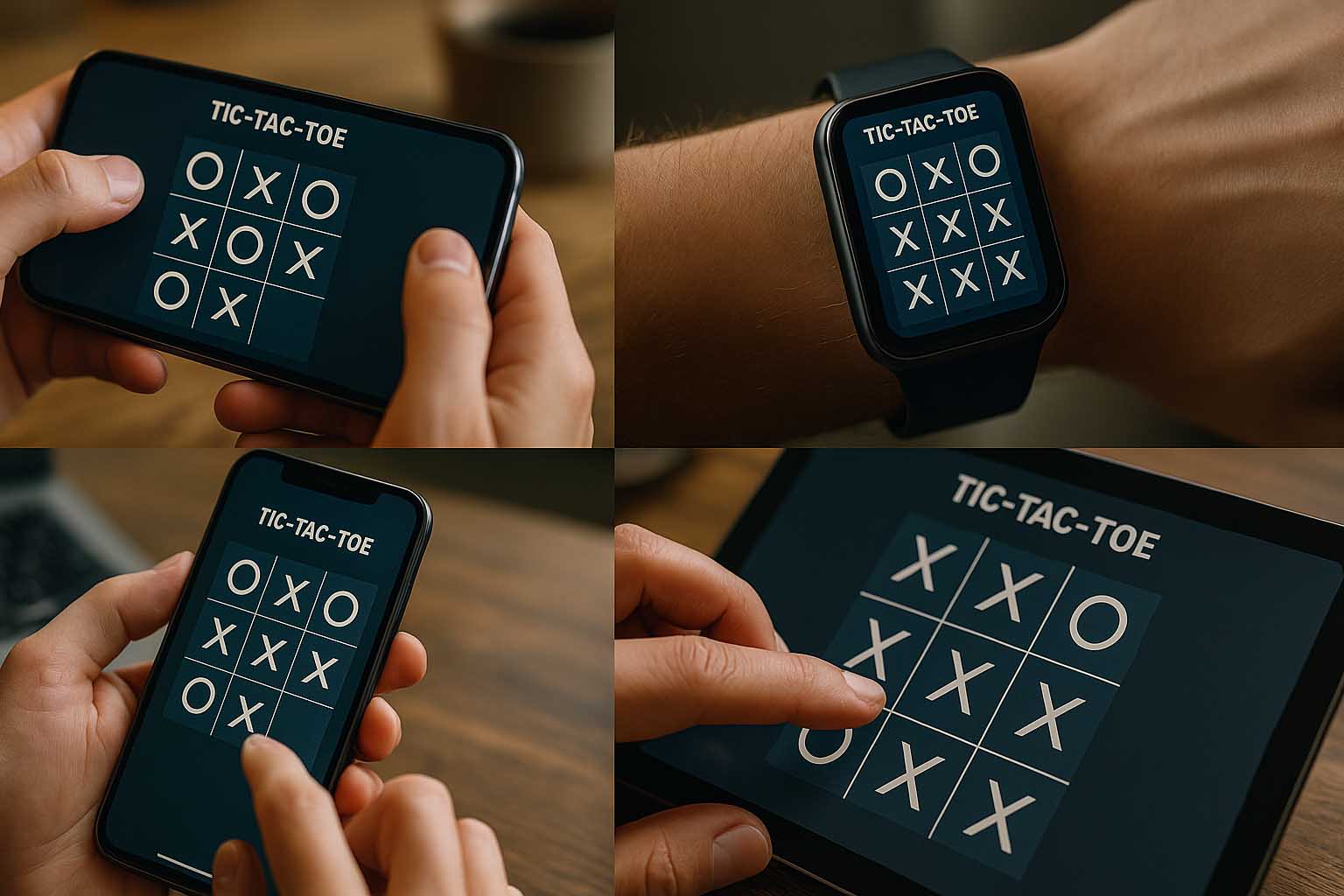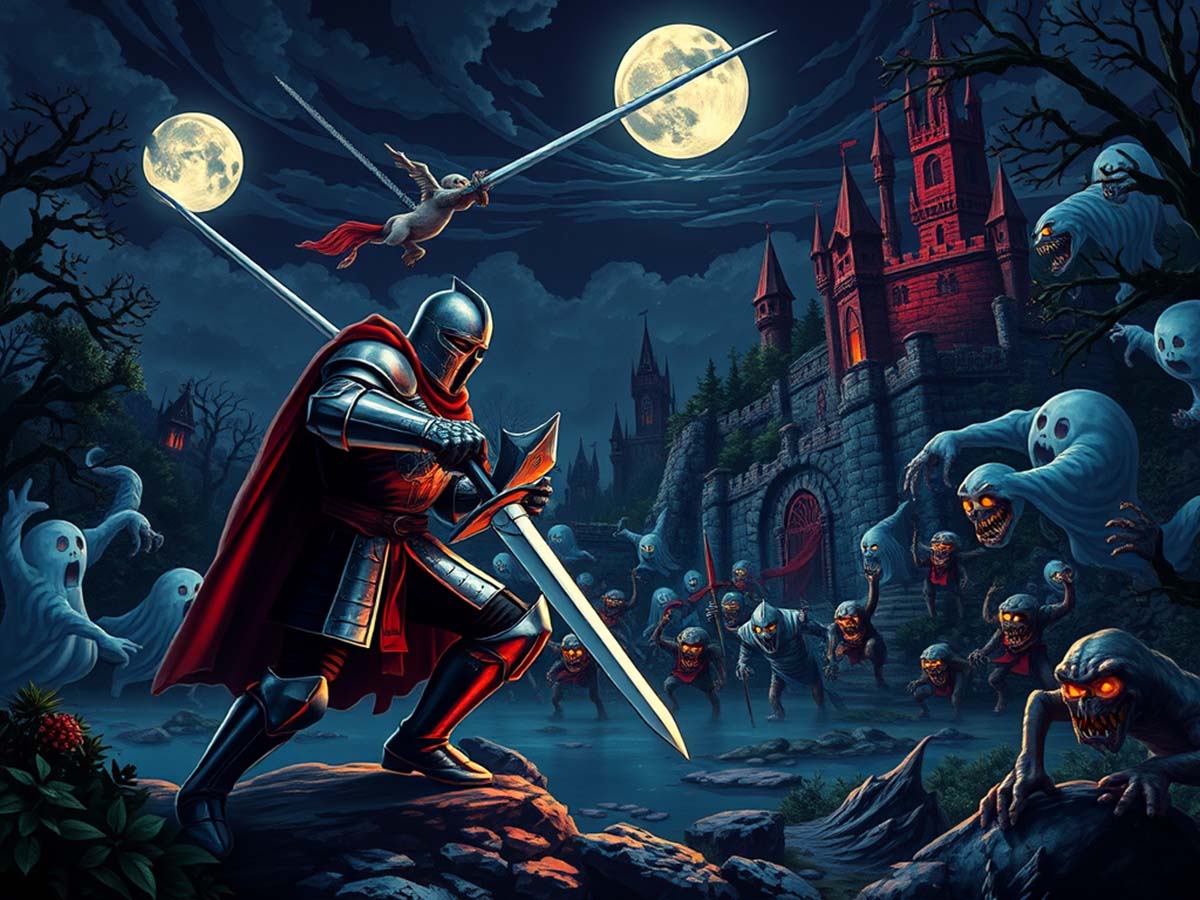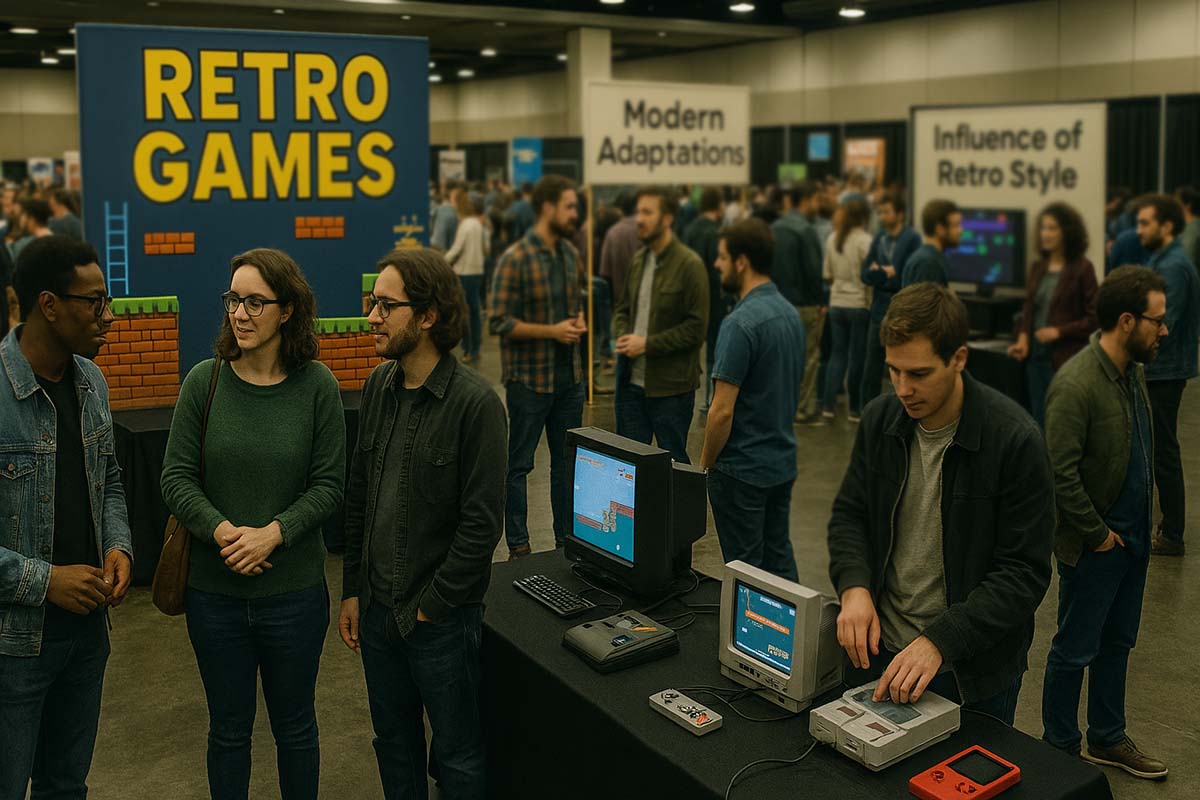Tic Tac Toe: Why a Simple Game Continues to Attract Modern Players
Across the vast spectrum of today’s gaming scene—from lifelike open-world titles to fast-paced esports matches—one simple grid of nine squares and three symbols continues to hold its place. Whether you lost to a classmate on paper during recess or just won a match on your phone while waiting in line, the enduring appeal of Tic Tac Toe proves that entertainment doesn’t need to be complex to be engaging.
Widespread Appeal with Familiar Comfort
Tic Tac Toe’s rules are easy to grasp. There’s no barrier to entry—anyone, regardless of age, can start playing right away. Its simplicity invites both new and seasoned players, offering a quick challenge without lengthy setup.
The game’s evolution has also kept pace with technological progress. What once lived on paper now thrives in apps with AI opponents and online matchmaking. This smooth transition to digital platforms demonstrates its ability to stay relevant.
Communities around the world continue to adapt and localize their own variations. Each version sparks discussion, creativity, and friendly rivalry—fueling an ongoing global exchange. Developers often reference it as a model of clarity, proving that brief but well-structured gameplay sessions still matter.
Old Classic, New Energy
At first glance, Tic Tac Toe may appear like a childhood pastime. But its roots go deep. Variants of the game such as **Terni Lapilli** were played in ancient Rome. Archeologists have even discovered game grids carved into medieval European furniture. These remnants show that our instinct for strategic play is nothing new.
Today, this nostalgia returns stronger than ever. With mobile versions available anywhere, the game connects players across continents. Whether on a train in Berlin or seated at a café in São Paulo, the experience remains familiar, light, and fun.
Simple Mechanics, Strong Engagement
There are only eight winning combinations on a classic 3 × 3 board. Yet the number of tactical paths is impressive. The feedback loop is immediate, stimulating curiosity and confidence. A 2024 study by the University of Bath showed an increase in dopamine levels when the brain experiences a “micro-win” within 30 seconds. That’s where Tic Tac Toe excels.
No need for tutorials. Two taps are enough to learn the goal and begin the game.
Tech Integration and Growth
The original version ended in seconds on paper. Now, players can challenge each other via smartwatches or desktop browsers. Some engines adjust the AI’s skill level in real-time using machine learning.
When an indie studio in Berlin released an AI-based version in 2023, it logged over five million downloads in just three months. That response reveals an active market still drawn to short, meaningful challenges.
Community-Driven Competition
People love competition—even in its simplest form. Steam and app store leaderboards now show player statistics like win rates and average thinking time. On Reddit, discussions about perfect strategies gather thousands of replies. On Discord, players organize coaching sessions teaching how to block the “fork” strategy.
In South Korea, an event organizer recently held a charity Tic Tac Toe tournament and raised USD 75,000 to fund digital literacy programs. Such efforts reveal how a straightforward concept can inspire large-scale engagement.
Three Reasons Why New Players Are Drawn to It
– Immediate satisfaction. No tutorials or progress grinding needed.
– Low hardware demand. Can run on basic phones, smart TVs, or even e-readers.
– Space for creativity. It’s easy to modify—whether by switching to a 5 × 5 board or trying a hexagonal grid. The core rule stays: three aligned marks.
Influence on Game Design Principles
Many developers use Tic Tac Toe as a case study in understanding the idea of “core loop clarity.” This refers to an instantly understandable objective. Hit games like Among Us and Fall Guys rely on the same concept. They don’t borrow the grid mechanic, but they embrace quick feedback and repeatable short sessions.
This approach proves that minimalism still plays a central role in designing modern experiences.
Economic Model and Revenue Tactics
Even in the era of free-to-play games, studios find ways to earn from basic designs. Some mobile versions offer visual upgrades for purchase—custom X and O designs, themed timers, and sticker packs.
According to Sensor Tower, the top Tic Tac Toe app in 2024 earned over USD 1.2 million through optional purchases in just nine months. Simplicity, when packaged right, still pays.
Regional Player Perspectives
In Latin America, Tic Tac Toe is used to introduce coding in elementary workshops. In Germany, it appears in board-game cafés as a casual break while waiting for longer tabletop rounds. In Japan, an arcade chain placed a giant LED board in its lobby for visitors to challenge each other. Winners receive discount coupons, making it a popular attraction.
These examples show that despite cultural differences, enjoyment from quick strategic thinking is universal.
Creative Versions from the Player Base
While many enjoy the traditional version, some players like to get creative. There’s **Misère Tic Tac Toe**, where the goal is to avoid forming a line. Another variant, **Quantum Tic Tac Toe**, uses the principle of superposition.
On platforms like itch.io, developers submit unique interpretations—some using augmented reality and others creating four-dimensional boards. This continuous reinvention keeps the game fresh.
Why Simplicity Works
A 2025 study from the University of Toronto identified a concept called “optimal cognitive load.” This means the brain stays focused longer when the activity is stimulating but not overwhelming.
Tic Tac Toe fits that balance. Every round offers a goal that’s reachable and rewarding. Players stay mentally active without fatigue.
Viral Presence on Social Platforms
Tic Tac Toe challenges now appear frequently on TikTok and YouTube Shorts. In February 2025, a blindfolded version from São Paulo attracted over 250 million views in just two weeks.
Its easy-to-follow rules make it ideal for quick, entertaining clips—perfect for fast-scrolling social media feeds.
Industry Example: How Capcom Asia Caught Gamer Interest
Capcomasia.com.hk noticed that each time a publisher released a retro game collection, one of the most accessed features was the Tic Tac Toe mini-game.
Masaru Ito, a lead UX designer in Osaka, shared in an interview that they often include the game as a hidden option in lobby menus. It serves as a quick interaction point while loading or navigating options.
Educational Use and Skill Development
Tic Tac Toe helps young players develop “strategic foresight.” The World Economic Forum projects that by 2030, pattern recognition will be as valuable as coding in the workplace.
In France, teachers use it to introduce algorithmic thinking. They draw decision trees to explain how each move leads to a fixed result. The concept of inevitability becomes easier to grasp.
Training Ground for New Developers
Students learning game development often begin by building a basic Tic Tac Toe engine. It teaches foundational topics like board representation, turn logic, and win-condition detection. Once those are understood, it’s easier to transition to more layered games like Connect Four.
Bridging to Marketing and Public Installations
One soft-drink brand used the game in an interactive billboard campaign in Times Square. Pedestrians controlled the X and O using phone gestures. During the three-day activation in December 2024, foot traffic at the brand’s flagship store rose by 18%, according to Nielsen data.
This shows how classic designs can support modern campaigns in creative ways.
Looking Ahead
As cloud gaming becomes more widespread, hardware barriers begin to shrink. This shift brings opportunities to embed simple games like Tic Tac Toe in more shared spaces—coworking lounges, public displays, and airport terminals.
There’s also growing interest in using it to test quantum-safe algorithms. Since the original game is deterministic, it serves as a clean baseline to evaluate randomness in smarter AI opponents.
Limitations and Challenges
Critics argue that many matches end in draws. However, MIT reported in 2023 that 64% of online games still resulted in wins or losses. Strategies like the “corner opening” or baiting with a “fork” provide depth even in short rounds.
Support for Mental Wellness
The American Psychological Association published a report in April 2025 showing a 7% drop in perceived stress after participants played light puzzles for five minutes. Since Tic Tac Toe doesn’t require deep focus, it works well as a break activity during busy schedules.
Data from Newzoo further supports this. In 2024, simple puzzle games made up about 12% of total mobile gameplay hours. That demand reflects more than just nostalgia—it reveals a consistent need for brief, rewarding play.
Tic Tac Toe reminds us that joy in games isn’t always about complexity. With just nine squares and a simple goal, it delivers moments of thought, creativity, and satisfaction. Whether played with chalk, a screen, or a smart display, it continues to connect minds through timeless simplicity.



